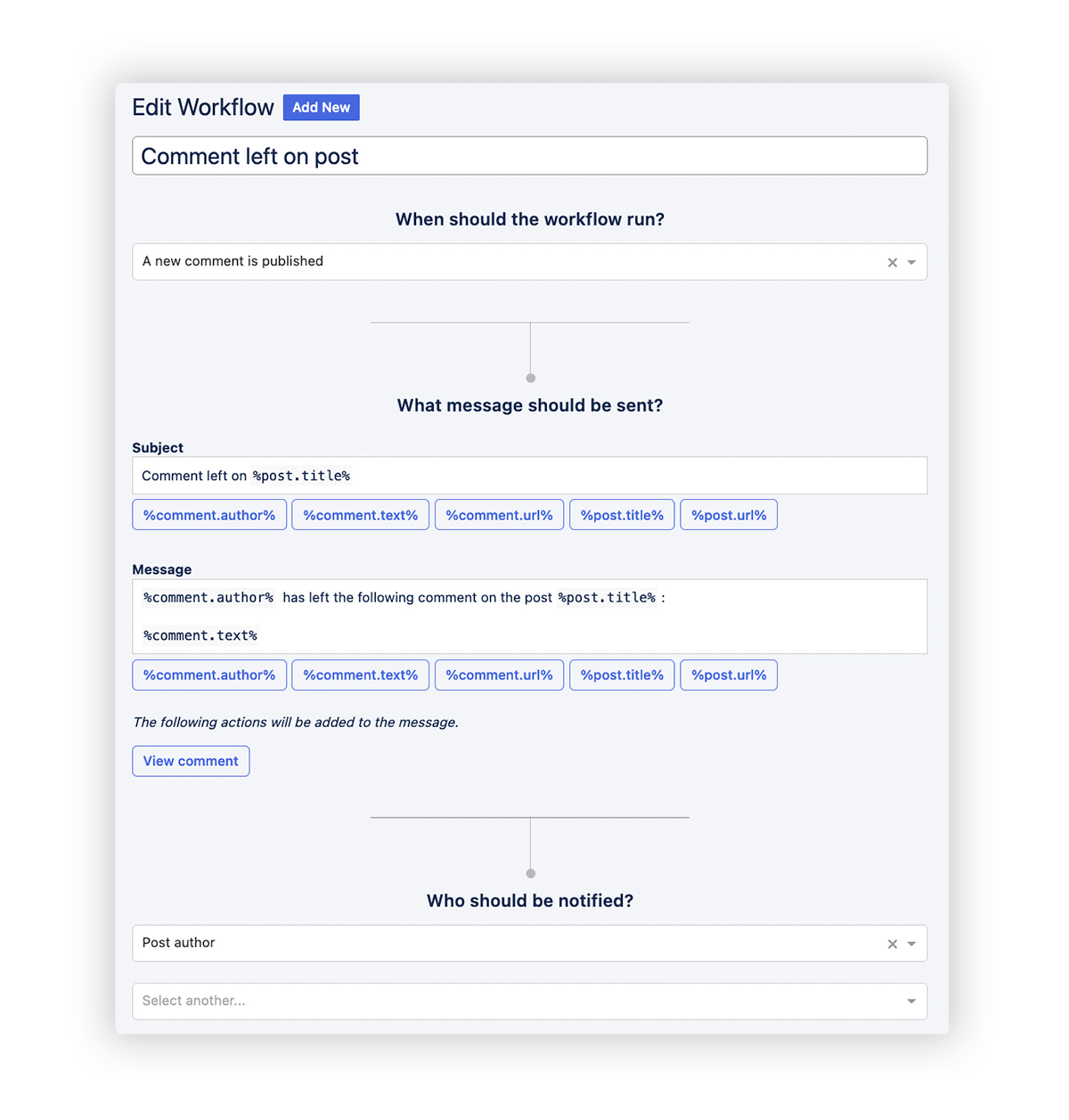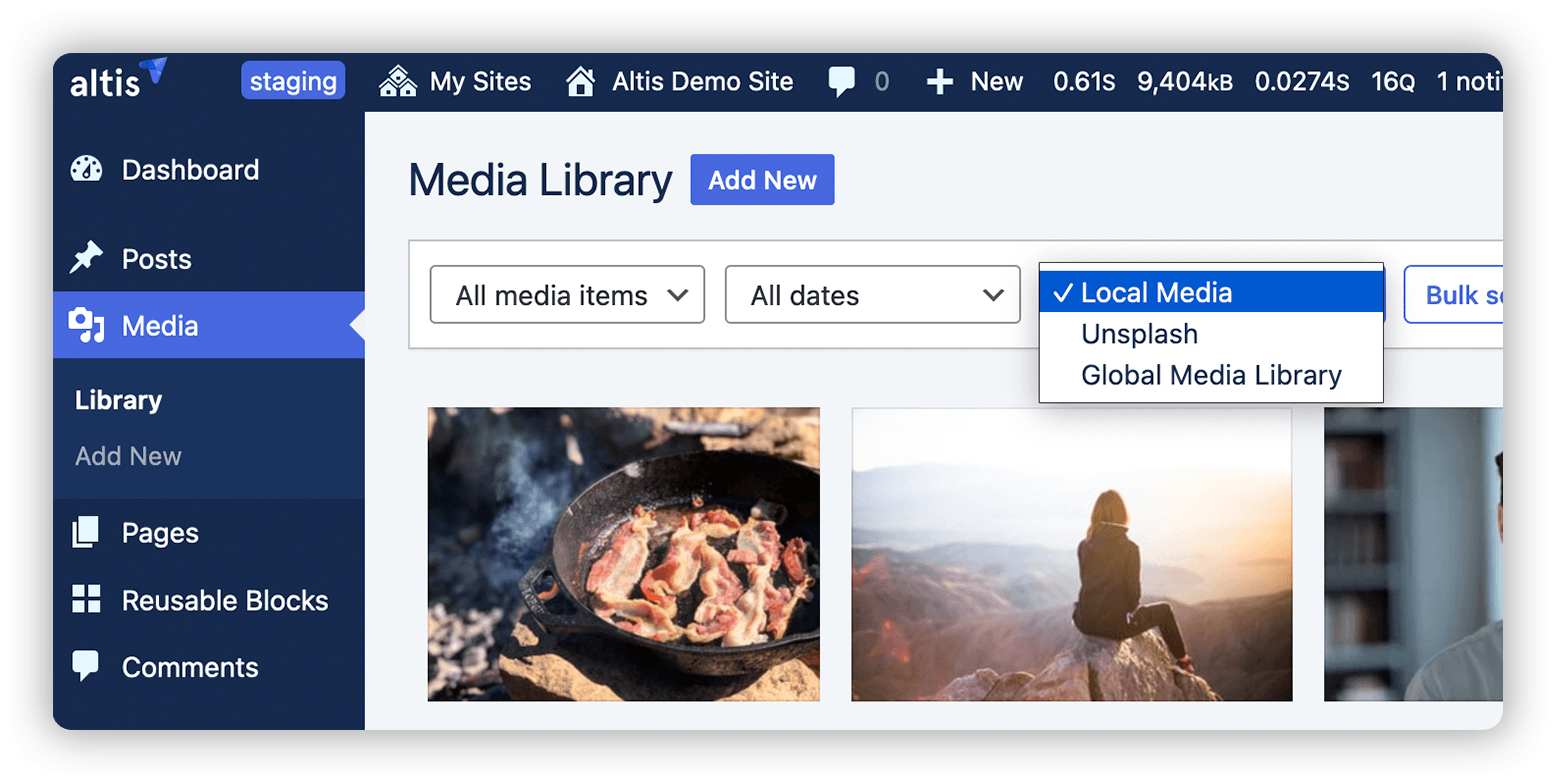‘Content is king.’ Marketers are well-used to hearing this statement. Content folks have always known the importance of digital content and, when done right, the immense value it brings to the business. This is now much more widely understood and appreciated; however, it has resulted in a greatly increased expectation in output from marketing teams.
Research from Airtable found that 80% of senior marketers say the volume of campaigns, requests, and content that marketing is expected to deliver has increased over the past year. It means content marketers are expected to create high-quality content at a moment’s notice, while also proving the content is actually doing its job, whether that’s delivering new business, creating new leads, or generating awareness.
Something has to change. Blockages have to be removed in order to keep the content marketing workflow running smooth and fast – and that starts with the technology you’re using.
The same study showed 86% of marketing leaders say their current workload is creating stress for their teams, while three in four leaders admit they’re frustrated by the amount of time it takes to deliver campaigns.
The gap is clear: the business wants more content, but marketing just isn’t in the position to deliver it, at least not at the speed required.
Something has to change. Blockages have to be removed in order to keep the content marketing workflow running smooth and fast – and that starts with the technology you’re using.
Content publishing problems and workflow woes – WordPress limitations
Fact: a massive proportion of the Internet is powered by WordPress. But, while WordPress is a wonderful, open-source solution that’s digitally empowered millions of businesses and individuals of all shapes and sizes, it also carries numerous limitations, particularly regarding content publication and workflow.

WordPress has countless strengths out of the box, but even some more developed setups lack the features that optimize the editorial experience, often relying on a messy tapestry of third-party plugins and applications.
With the COVID-19 pandemic prompting a complete overhaul to how marketing teams work, the need for better inter-connectivity and collaboration between employees and teams dotted around the world has intensified.
Yet, marketing teams are juggling multiple content-related solutions and technologies. Multiple brands operating under the same parent company, specific products with their own dedicated pages, or local teams using local languages – for most companies, all these entities use their own content solutions or variations of WordPress.
The big challenge for marketers is that these sites are rarely integrated or connected across the business, making it extremely difficult to collaborate with other teams or even direct colleagues due to the increasingly hybrid nature of our working world.
To overcome this issue, marketers often rely on third-party tools or external solutions to boost collaboration and speed up content production, but each additional piece of tech is yet another added layer of complexity to an already clogged content workflow.
Optimizing WordPress to streamline your content workflow
Big companies have big content teams. And, while this provides a great springboard for delivering campaigns at scale, it presents a unique set of challenges for brands who operate on WordPress.
There are many ways to enable multiple creators to collaborate on multiple pieces of work, at the same time, and from anywhere in the world. It’s critical for quickly turning around content, without compromising quality.
It’s unnecessarily manual and time-consuming, especially considering there are digital experience platforms specifically built on WordPress to optimize your website, enabling smoother content publishing and collaboration.
Yet critically, WordPress doesn’t possess these functionalities out of the box. Organizations are forced to custom code WordPress’s back-end or must leave the platform to collaborate on content using a different platform.
Different aspects of the business must come up with different solutions to ultimately streamline their workflows from a content production point of view – from ideation to drafting to revisions to publication. Different ways of working within the same company ultimately lead to disconnects between teams, causing friction and reducing productivity.
It’s unnecessarily manual and time-consuming, especially considering there are digital experience platforms specifically built on WordPress to optimize your website, enabling smoother content publishing and collaboration.
Using these technologies, content marketers can build things like custom publication checklists to automate quality control and support legal compliance, include multi-authorship to attribute a piece of content to multiple authors or assign specific stages of the content workflow based on an individual user’s editor status.

Programmable workflows on WordPress let you keep everyone in the loop on what’s happening to a post, both during and after production phases.
Each piece of content also provides a clear audit trail, giving marketers full visibility on the who, what, how, and when of their entire content publishing workflow.
A centralized platform enables content marketers to keep the entire content workflow in one place, easily accessible from anywhere in the world, at any time.
For example, if your copywriter has put together the first draft of a thought leadership byline following an interview with one of your subject matter experts, you can set up automated email or Slack/Teams notifications to alert that senior spokesperson when the draft is ready for them to provide feedback on.
Knowing how pressed for time they are, it can even send automated reminders. Marketers will know exactly what’s been changed and, thanks to in-built author permissions, the senior exec will only possess the ability to edit select copy, so they don’t accidentally publish the article or destroy its SEO clout.
A centralized platform enables content marketers to keep the entire content workflow in one place, easily accessible from anywhere in the world, at any time. That wasted time spent flitting between different third-party solutions can now be spent on making even higher-quality content at a scale that matches the organization’s growth ambitions.
Empower global and local content marketing teams
Streamlining your entire content management workflow with a WordPress-powered digital experience platform also unites all disparate sites into one centralized location.
This is another unfortunate limitation of WordPress, unless significant time is spent on custom development. For example, for a business that boasts multiple brands or has different product offerings based on different regions, all their disparate sites would live in isolation using different variations of WordPress.
However, armed with the right WordPress-powered digital experience platform, all of those sites are housed on a common CMS. This also means all of a company’s content and media across all its brands is accessible from a single global media library, eliminating the use of multiple third-party tools, or the time-consuming need to trawl through numerous interfaces just to locate something as simple as a draft blog or event image.

A global media library gives editors easy access to all media assets across multiple sites.
For instance, a local team can pick and choose a piece of English-language content created by their global hub, combine it with an image produced by one of the other regions, and easily translate or localize a final version to publish on their local site – all without having to leave WordPress.
Another important feature lacking in WordPress is multilingual search. Enabling this functionality not only improves the browsing experience for users, as they’re quickly and easily able to locate the piece of content they’re looking for in their local language, not to mention that it also helps boost SEO.
Content marketing that matters: time to optimize your website
It’s clear that content marketers are facing a plethora of challenges when it comes to publishing content, namely around scale and speed. And they’ve got to achieve all this without compromising the actual quality of the content itself.
For brands who rely on WordPress, the platform’s limitations can add undue stress, with content teams losing precious time and patience by having to juggle multiple content systems across numerous, disconnected sites.
Working from a unified CMS increases a brand’s ability to collaborate, using centralized blocks of content that can be managed and deployed globally, as opposed to ponderous singular page management.
Most importantly, the right digital experience platform seamlessly integrates with existing WordPress variations, unifying disparate sites into one cohesive content-building machine, establishing a content workflow that’s smooth, seamless, and lightning-quick.
Want to streamline your WordPress content workflows and improve content marketing processes? We’d be happy to show you how.

